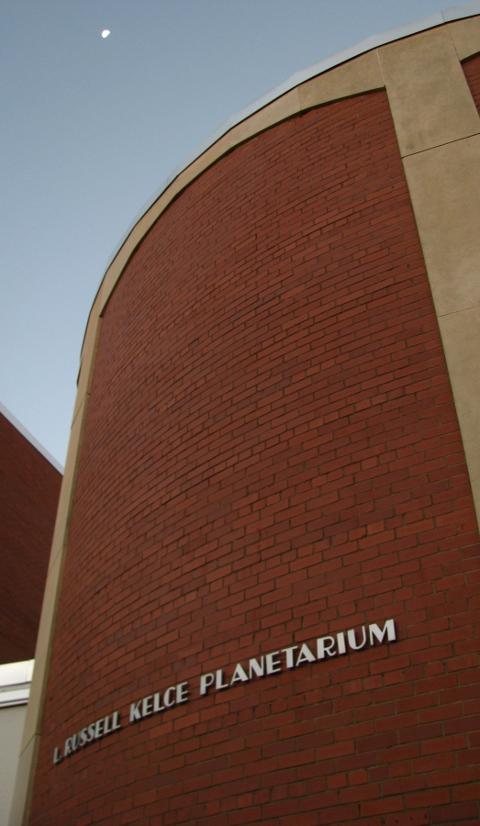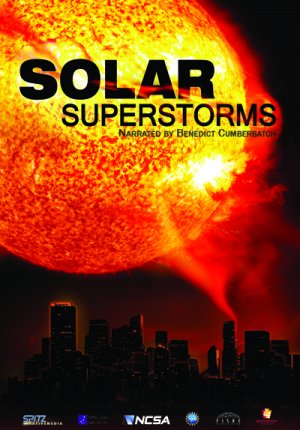L. Russell Kelce Planetarium
Check back soon for an updated schedule.
- Public programs consist of a tour of the night sky and a short feature. Admission is $3 per adult and $2 for students, children, and seniors (cash at door).
- Doors close promptly at start times and entry afterwards is not permitted due to dark adaptation of the audience.
- For information on scheduling a private program, contact the Department of Physics at (620) 235-4391.
- The L. Russell Kelce planetarium is located at 1702 S. Joplin Street, Pittsburg, KS.

Showings at the Planetarium
Solar Superstorms
Explore the science of heliophysics, including CMEs, auroras, solar flares, plasma, electric currents, and the Carrington event.
A fury is building on the surface of the Sun – high velocity jets, a fiery tsunami wave that reaches 100,000 kilometers high, rising loops of electrified gas. What’s driving these strange phenomena? How will they affect planet Earth? Find the answers as we venture into the seething interior of our star.
Planetarium History
The planning of Yates Hall, a math and physics building occurred from 1962-1963. The president of the university, Dr. Leonard H. Axe, insisted that the building include a planetarium. There were, however, no funds available to pay for a star projector for the planetarium. In the fall of 1963, Mrs. Gladys Kelce provided funds to pay for the planetarium as a memorial to her husband, L. Russell Kelce. The planetarium opened in July of 1964, and saw 10,000 visitors the first year. Most of the visitors were from schools.
Today, the planetarium still provides programs for schools (elementary, secondary, and university), churches, and other groups, as well as public programs. Schools, churches, groups, etc. can schedule private programs to fit their needs. Each program features a tour of the current night sky and a topical program.
The planetarium has a seating capacity of around 50 individuals and is wheelchair accessible. The projector, a Digitarium Zeta, is capable of projecting stars, constellations, planets, the sun, the moon (and phases), daily motion of the sky, yearly motion of the sky, and motion to view the sky from any latitude on Earth. The planetarium also uses slides and music during shows.
